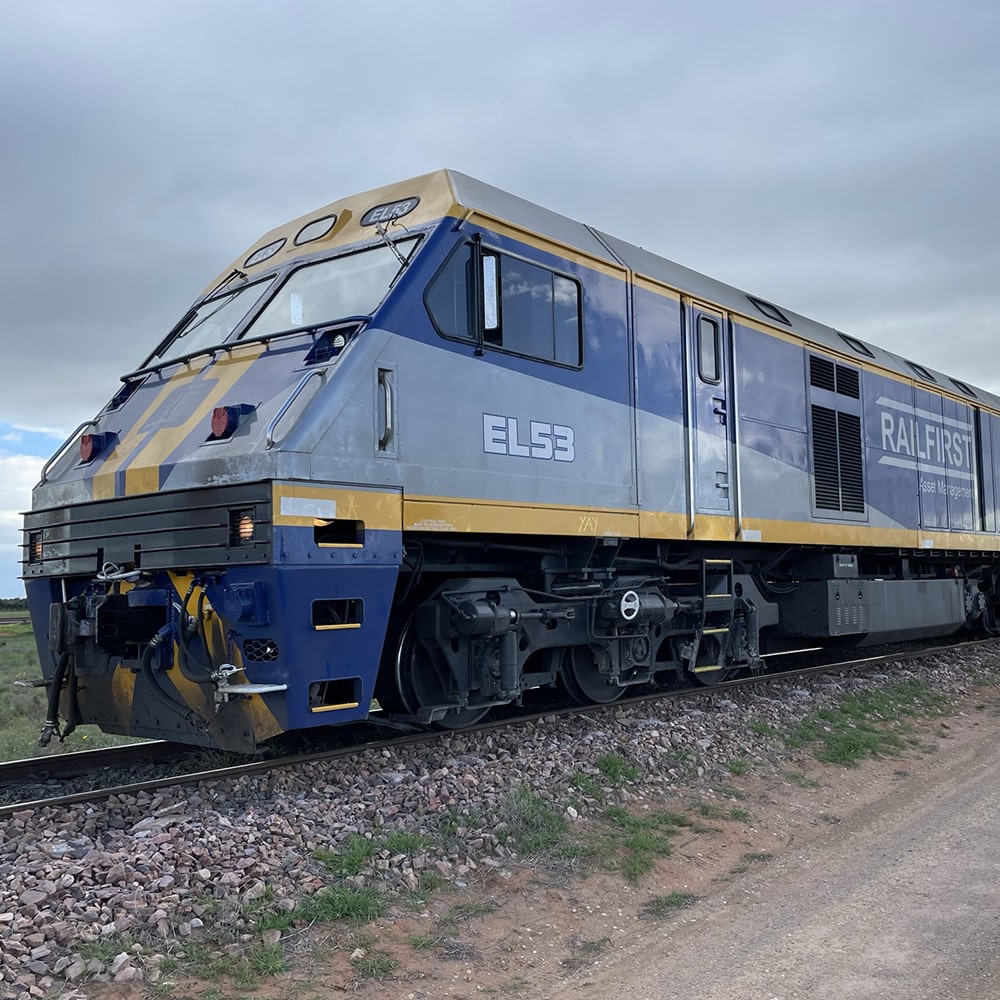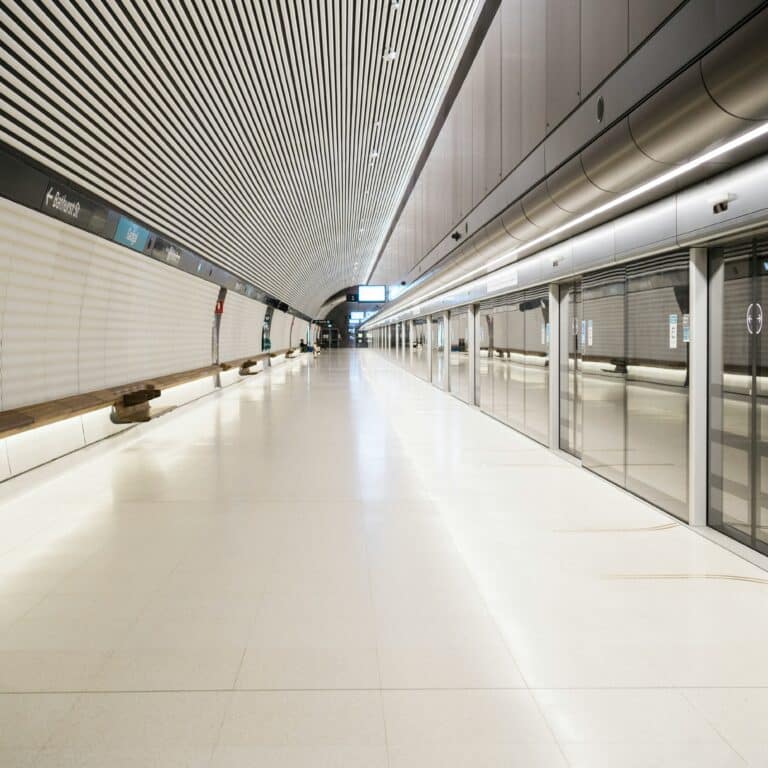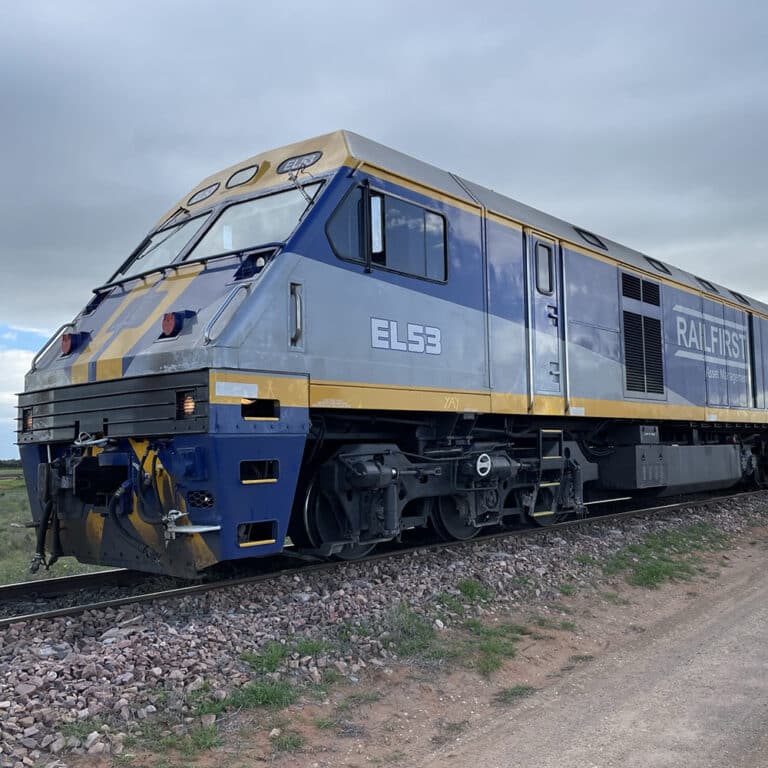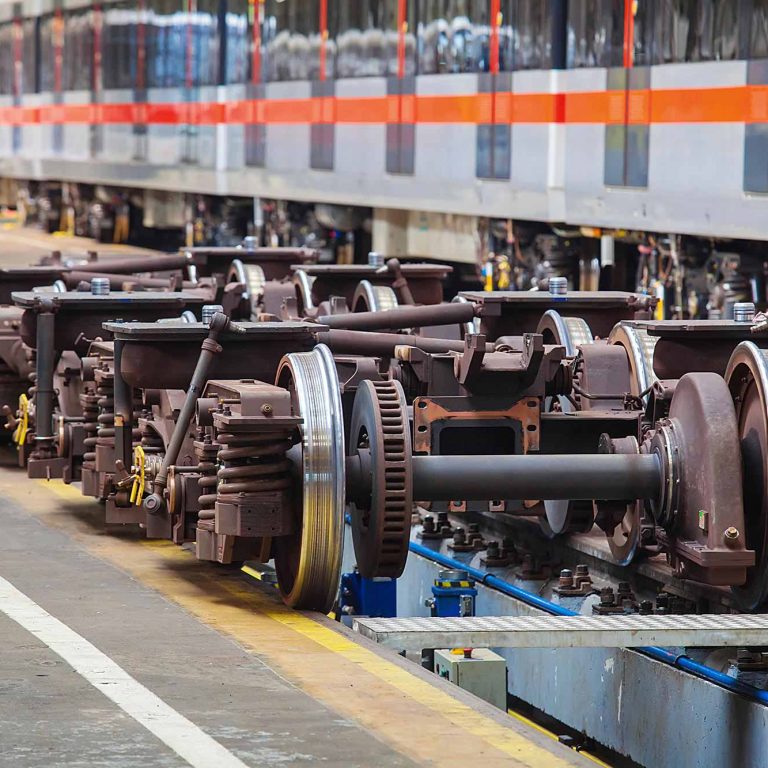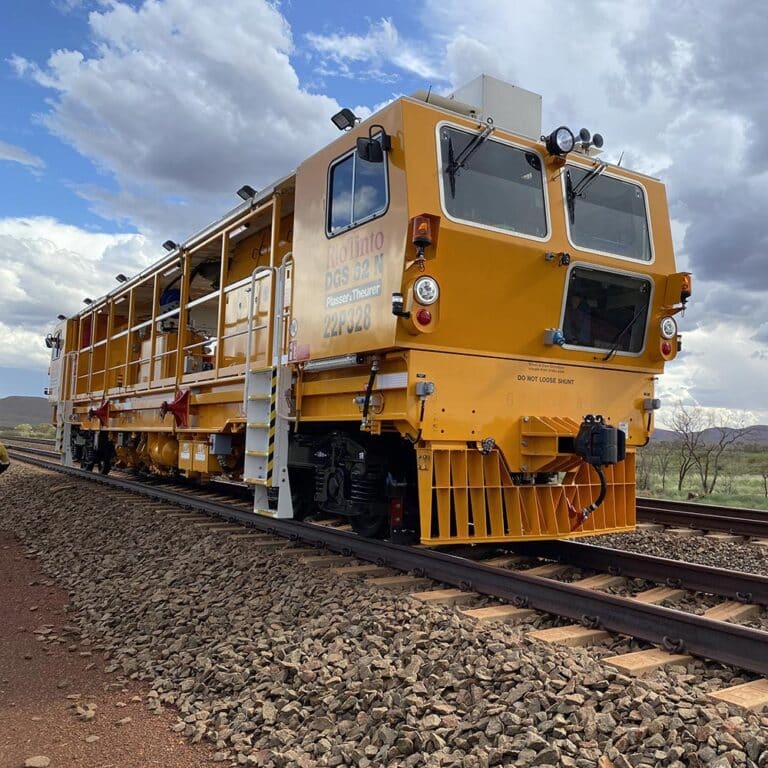Registration Requirements
Rolling stock registration requirements vary depending on the specific railway network, as each state and territory in Australia has additional regulations and standards. There are 3 different types of gauges in Australia: Narrow gauge, Standard gauge, and Broad gauge.
To begin the registration process, owners or operators must submit detailed documentation demonstrating compliance with the relevant railway network interface compliance standards.
This documentation includes maintenance records, evidence of previous operational history, engineering certificates of relevant standards compliance and evidence of compliance to specific network interface compliance requirements (e.g. static outline gauge).
The documents are then submitted to the relevant railway infrastructure manager (RIM) for approval on their railway network.
Network Interface Standards
Compliance with the railway network interface standard is a critical component of rolling stock registration.
These standards cover various aspects of rolling stock design and operation, including structural integrity, braking systems, signal compatibility requirements, static outline requirements etc.
The network interface standard for each railway infrastructure manager is usually available online and/ or can be obtained upon request.
These standards ensure that rolling stock operates safely and efficiently within the rail environment, reducing the risk of accidents and improving overall network reliability.
Process Overview
The registration process for existing rolling stock involves several key steps:
1. Initial Assessment
The first step involves a thorough assessment of the rolling stock’s current condition and its compliance with Australian standards. This includes a review of maintenance records, operational history, existing engineering certificates and any previous incidents or accidents.
2. Documentation Submission
Owners or operators must compile and submit comprehensive documentation to the relevant RIM. This documentation includes technical specifications, engineering test reports, and evidence of compliance with relevant standards.
3. Inspection and Testing
The RIM may require physical inspections and testing of the rolling stock to verify compliance with safety and performance standards. This can include on-track testing, brake performance tests, and structural integrity assessments.
4. Review and Approval
Once all documentation and testing are complete, the RIM reviews the submission. If the rolling stock meets all requirements, it is approved for registration and can be integrated into the railway network. For requirements that cannot be met, the RIM may grant a waiver and apply an operational restriction (e.g. operate in possession area only).
Challenges and Solutions
The registration of existing rolling stock presents several challenges, including:
1. Compliance with Modern Standards
Older rolling stock may not meet current technical standards, necessitating significant modifications or upgrades. This can be costly and time-consuming.
2. Operator requirements
Some operators wish to register their rolling stock for operation at higher speeds than they are currently assessed and registered for, and so additional testing and engineering assessment is required (for operating speeds usually > 15 km/hr), in particular, dynamic ride and brake performance assessments are required.
3. Documentation Gaps
Incomplete or missing documentation can delay the registration process. Ensuring thorough and accurate records are maintained is necessary for a smooth registration process.
4. Interoperability Issues
Different railway networks may have varying standards and operational requirements, making it challenging to register rolling stock across multiple networks. Additional testing is required in most cases (e.g. static outline gauge assessment, twist test).
_
Example Case Study – Registration of a road rail vehicle
Rail Confidence was recently involved in helping a client register a road rail vehicle (RRV) into the Cross River Rail (CRR) network in Queensland.
The vehicle had previously been operating in the Public Transport Authority (PTA) network in Western Australia. A review of the existing engineering documentation showed that all relevant engineering certificates were present, therefore the vehicle had been maintained adequately and there had not been any derailments or accidents.
Comparison to the CRR network standard requirements (applicable to RRV) showed both PTA and CRR networks were Narrow gauge and had similar braking and wheel profile requirements, however, the static outline and twist test requirements for the network were different and thus these tests needed to be conducted.
Rail Confidence conducted a static twist test and a static outline assessment of the vehicle and issued engineering test reports demonstrating compliance with the network requirements.
All supporting documentation was then submitted as a package to the CRR network, and the vehicle was registered successfully.
Railway networks may have varying standards, making it challenging to register rolling stock across multiple networks.

